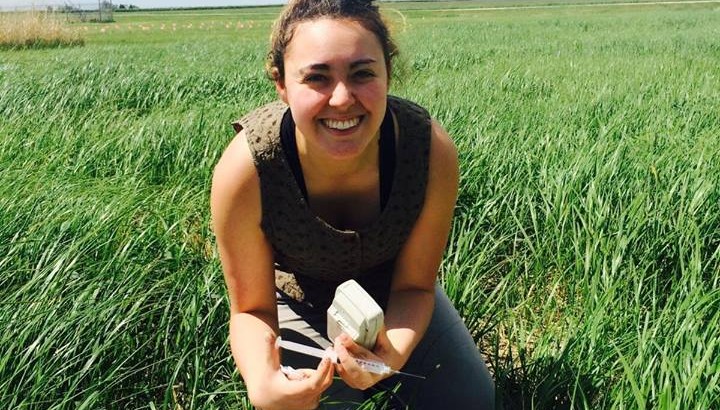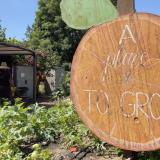
California to South Dakota: Research Experience Across The West
August 6, 2015
I remember audibly shrieking when I received the email notifying me of my acceptance into a summer research program. At the time, I had been patiently waiting in the (rather quiet) office of the Career Development Center on the fourth floor of Argyros Forum, hoping to receive some helpful advice on a resume I would have sent off to a number of potential summer employers, as I had little hope I’d be accepted into any of the summer research programs I had applied to in the weeks previous. As I recall, I actually ran out of the center, backpacking falling off my shoulder, to respond to the email as quickly as possible, positively bursting with excitement.
Acceptance to an REU
My excitement was well-warranted, however. I had just been accepted to a “REU” program, or a rather selective Research Experience for Undergraduates, funded by the National Science Foundation.
Exclusive as these various programs are (between 8 and 12 fortunate students are selected from hundreds of applicants), out of the eight programs I had applied to, I had finally been accepted to one: a biofuel development project focusing on sustainable fuel production. I might have neglected to mention a key detail, however: the program was to be held in South Dakota.
Off to South Dakota for a Biofuel Project
Two days after final exam week ended, I flew 7 hours out to Brookings, South Dakota. It is a tiny college town of just a few thousand people, and home to South Dakota State University, where I began a summer of laboratory and field work alongside 11 other students from all over the United States.
This biofuel project, an ongoing project to develop (more) sustainable sources of cellulosic ethanol for fuel production, had a multi-faceted aim: study the growth and development of new sources of ethanol (such as native grasses, algae, etc.), as well as new techniques to sustainably process the cellulose for ethanol production. A fuel source growing in its demand, the project aimed to help undergraduate students understand the food vs. fuel debate at an analytical level, and aid students in understanding the roles that sustainable biofuels can and will play in industrial and transportation sectors.
Putting My Education to Work
During this ten-week program, I spent most of my time alternating between our field study plots, and the university’s soil physics lab, studying how Spartina Pectinata, or Prairie Cordgrass (a high-cellulose-producing native grass) interacts with its subsoil and local environments, and whether or not this species could grow as a sustainable bioenergy fuel crop. As an environmental science and policy major, I put the skills that I’ve learned in multiple biology, chemistry, and ecology classes, to work in my day-to-day assignments I’ve had in my summer work. While this bioenergy study, and my own academic studies, are still ongoing, I’ve started understand the strong relationship that my discipline and major has with the sectors of agriculture, energy development/production, soil science, sustainability research, and others that I may choose to continue studying, either during graduate research or work after graduate study.
Now back home in California, and preparing to return to Chapman University in just a few weeks, I’m looking forward to continuing my own collaborative research alongside professors Dr. Jennifer Funk and Dr. Jason Keller, who supported me in applying to this program in the first place. South Dakota was an amazing experience, and I know I’d go back in a heartbeat, but it’ll be good to be back at my home institution.

